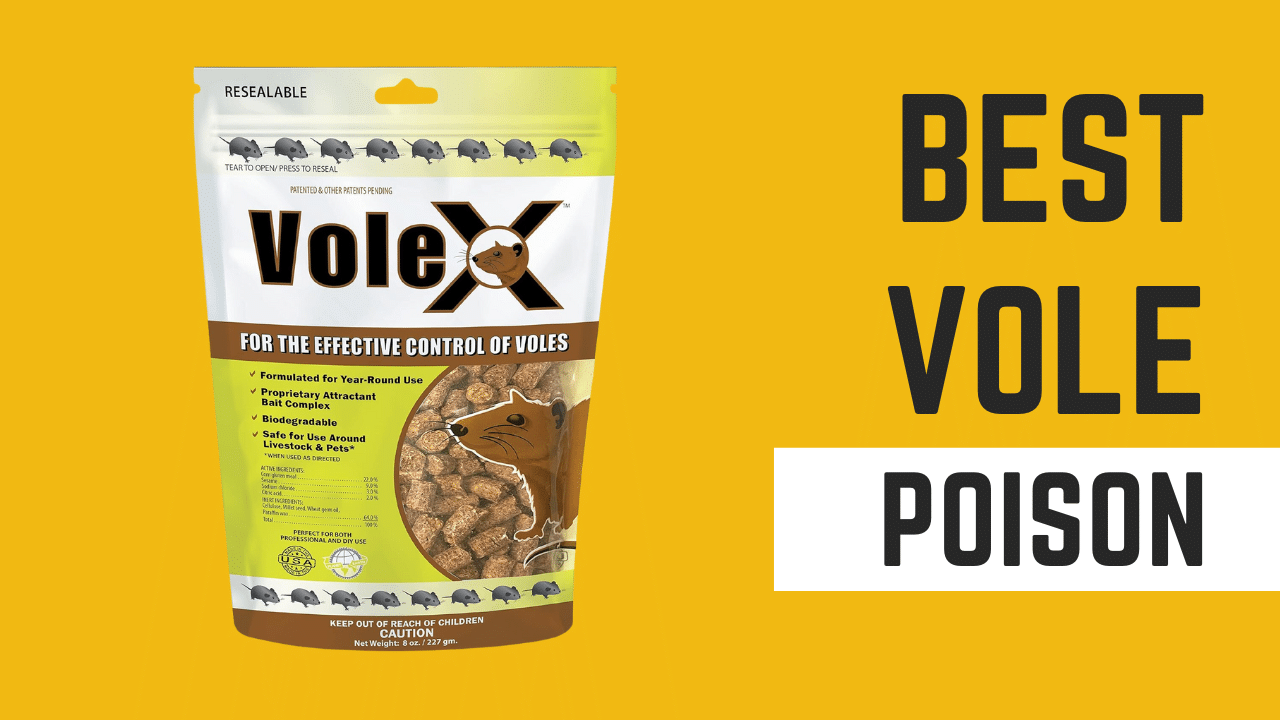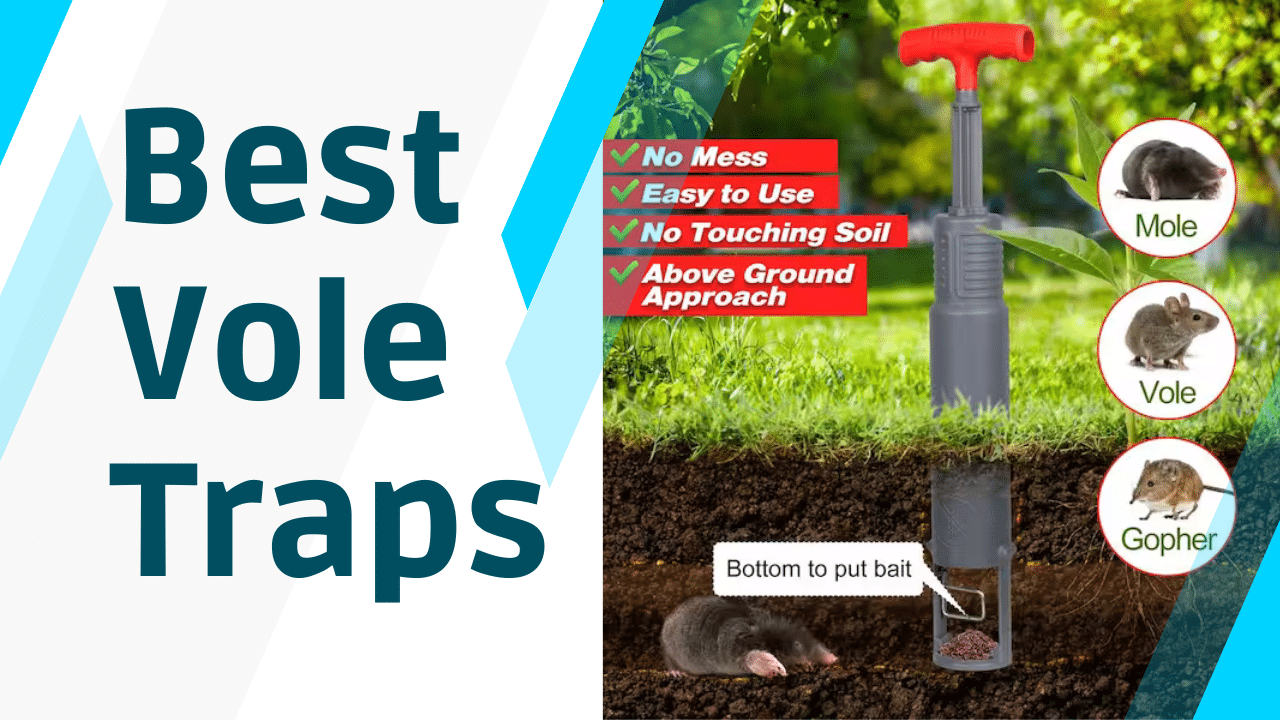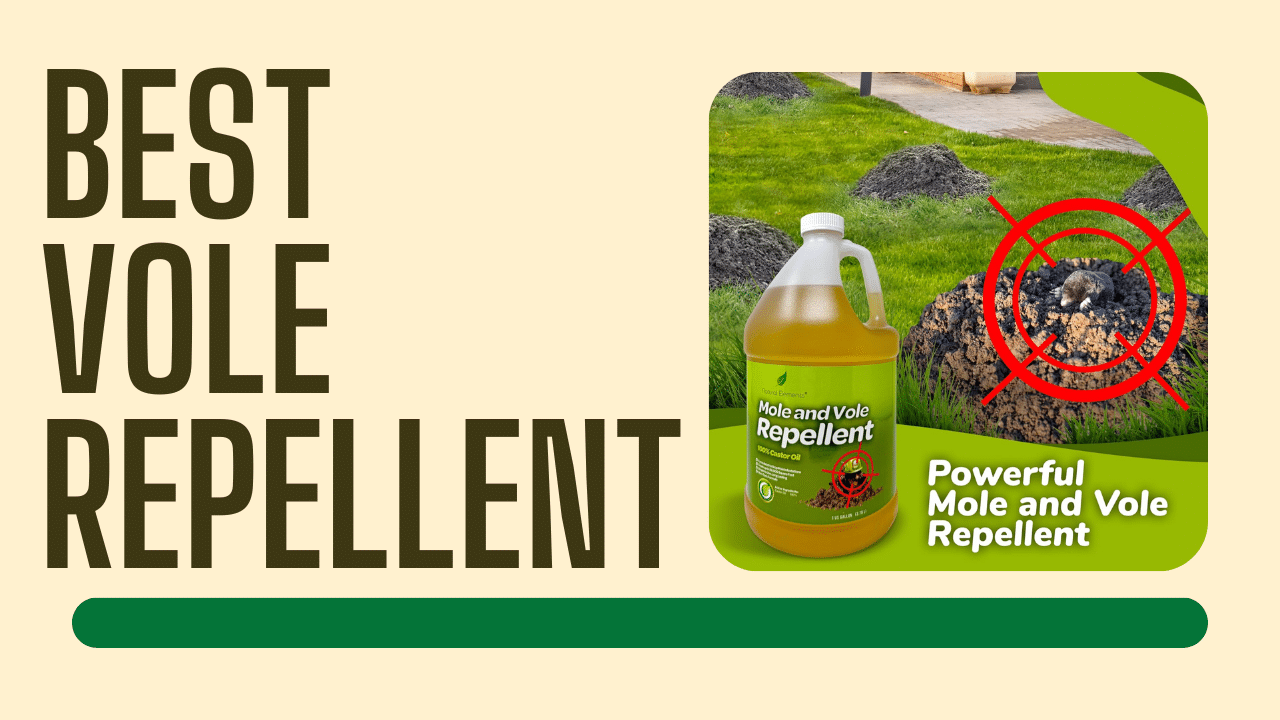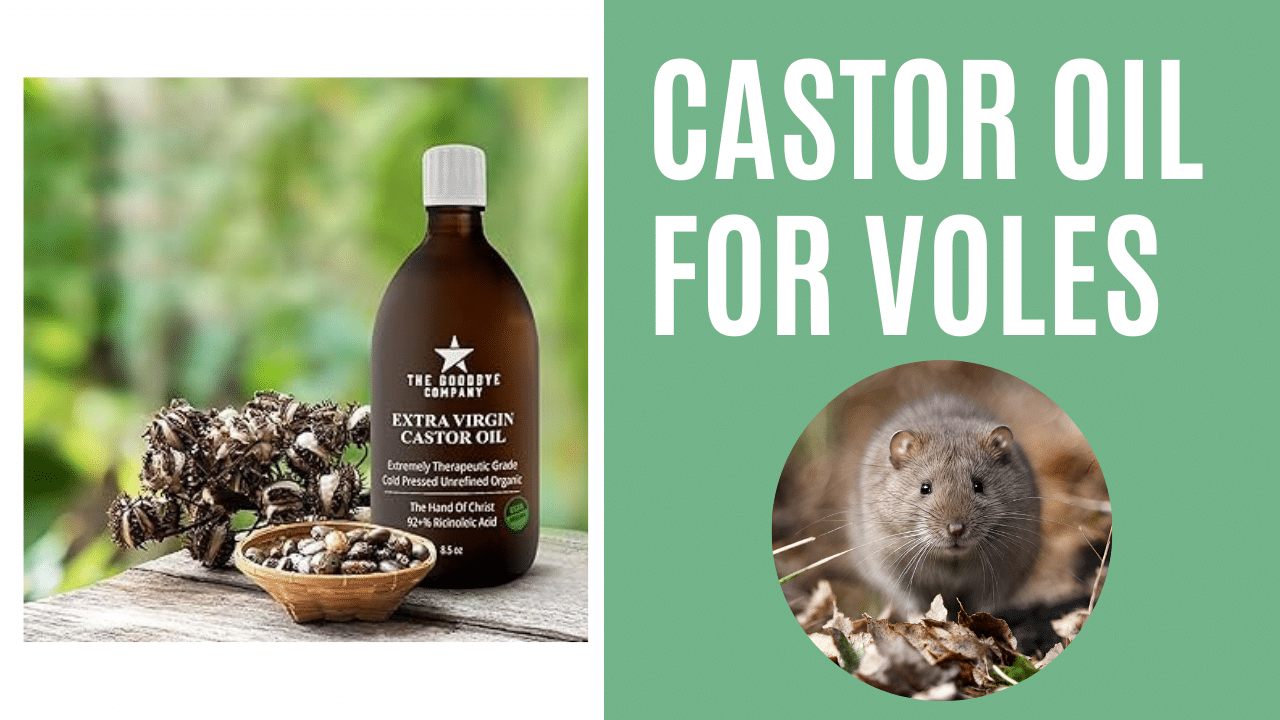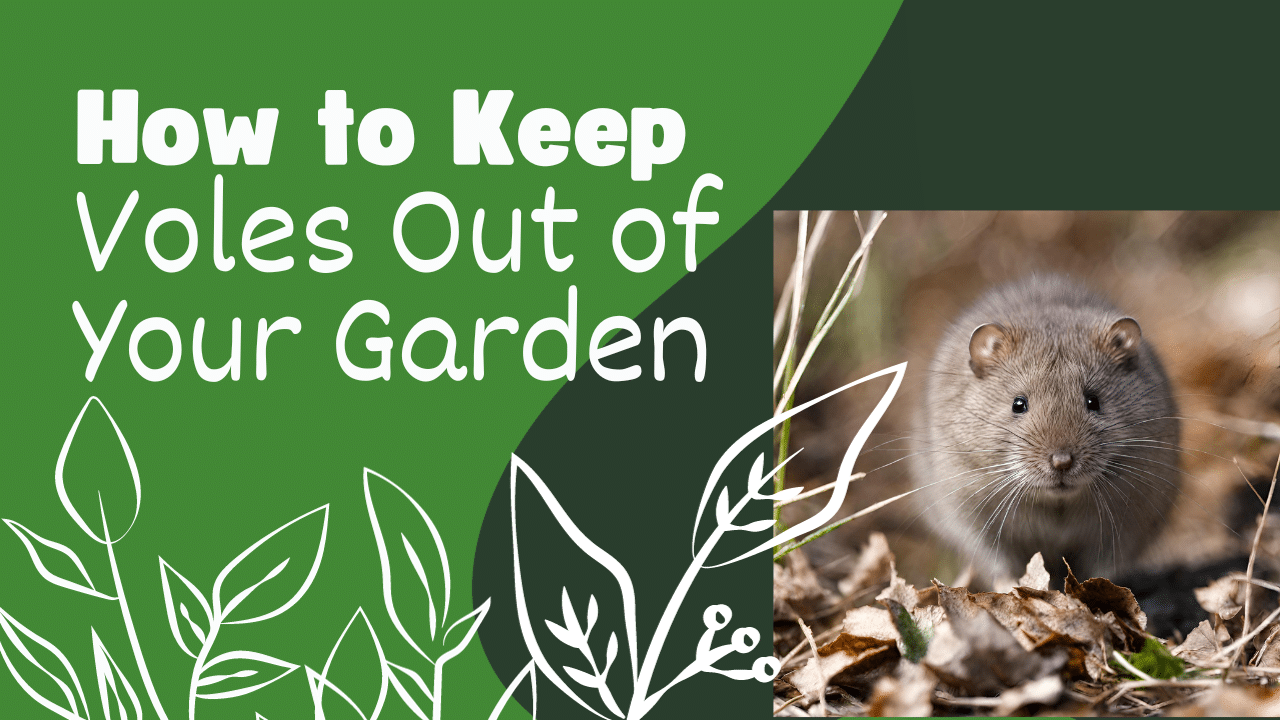
- LAST UPDATED: November 30, 2023
The whole thing of dealing with fleas makes most people itch all over. No wonder: these are really nasty, disgusting little bugs.
Not only will they crawl on your pets and suck their blood, but they can also jump on you and bite you, causing much scratching and allergic reactions. Creepy, isn’t it?
Read below for details about flea identification and ways of their elimination.
How to Recognize a Flea
Before proceeding to treatment, it is necessary to be sure that the bugs you see are really fleas. Effective riddance and control depend to a large extent on targeting the right action to the right insect. So, what do they look like?
- Fleas are very small wingless bugs that look at the first sight like specks of dust. When adult, the insect is about 0.1 inches long and its color ranges from dark brown to black.
- Though these insects cannot fly, they’re extremely good jumpers – they can jump up to 3.9 feet! It is over 100 times their body size! Due to this ability, they easily move from one host to another, and will also land on anything around your home, including you. That is the way infestations are spread.
- There are more than 2.000 types of these pests and they are generally species-specific: e.g. cat fleas won’t feed off of dogs and vice versa.
Flea bites can cause allergic reactions in both people and pets.
- The bodies of the bugs are very flat and resilient to physical damage, that’s why they catching or another hitting. You’ll have to use your fingernails to squash it if you manage to catch one. However, it’s not an effective method of extermination at all.
Step 1: Treat Your Pet
If your pet is losing patches of hair, scratching excessively or developing scabs, you might have a flea problem on your hands. If you part the hair of your pet, you may see the insects running and trying to hide.
Once the enemy is discovered, it’s time for action:
- Start with a very thorough bath. Bathe your pet in soapy water – soap won’t let fleas grasp onto your cat’s/dog’s hair shaft. Thus, they’ll fall into the water and eventually sink. No matter what stage the insects are at, they’ll all die.
Fleas of all stages can be drowned in soapy water.
Optionally, add about a cup of white vinegar to soapy water. The bugs can’t stand the smell of vinegar and will abandon the host. Furthermore, they don’t like the smell of citrus, so you may bathe your pet using ‘DAWN Lemon Scented Liquid soap’. It is a great flea repellent and killer.
You may also use a special pet shampoo such as Neem Flea Shampoo. The mentioned product is natural, eco-friendly and very effective. It is safe for your four-legged friend and doesn’t leave his/her skin itchy or dry. -
After a bath, groom the animal with a flea comb to trap any live fleas left. It is better to flea comb outdoors to prevent the insects and their eggs from falling all over your floors. But if you have to do it indoors, vacuum the area immediately after combing.
Here’s what you should do:
- Prepare a jar of hot soapy water (not boiling). You want to drown the trapped fleas in it.
- Begin from the head and ears of your pet. Gently run the comb through the fur and immediately dip it into the water to pull off the accumulated fur and prevent the fleas from springing loose. Also, check under the legs and near the tail. Then run the flea comb back through the same fur areas.
- Repeat the procedure for as long as your cat/dog will tolerate it.
-
You may try oral medications, such as CAPSTAR Tablets, and/or topical medications like Frontline and Advantage. The latter typically come in little squeeze tubes and are applied near the base of the pet’s neck and between the shoulder blades where he/she can’t lick it. You should see results within 18 hours after application and keep fleas from coming back for about a month.
CAPSTAR Tablets are remarkably safe and effective. They can be used on kittens and puppies 4 weeks of age or older, and kill the insects on animals within 30 minutes of dosing.
Whatever product you choose, make sure it has IGR (insect growth regulator) on the label. Only IGR compliant products prevent (and kill) the bugs which are still in the larvae or pupae stage.
For the safe use of a product, be sure to use the correct amount for your size and type of pet, and follow the maker’s instructions.
Never use dog flea preventative on cats, as some of the dog products contain permethrin that can cause death and/or seizures for cats. - If you don’t like the idea of treating your pet with chemicals, you may opt for essential oils, such as Citronella, Lavender, and Lemongrass to keep the nasty little bugs away. Moreover, the oils will have a good healing and soothing effect on your pet’s skin.
Alternatively, you can rub citrus rind over the fur. Your animal will smell great and won’t be harmed if he/she licks the juices and oils from the fur. - Keep your animal inside for the next 30 days as much as possible to prevent reinfestation. If he/she must go out, keep him/her away from fallen leaves, long grasses or sandy patches.
It is highly recommended not to use any of these methods separately, e.g. you can use shampoo in conjunction with medications or essential oils with flea combing.
This will help to eliminate not only live bugs but their eggs also.
Step 2: Treat Yourself
Though fleas usually feed off animals, they are more common on people than most think. These little guys can live on any warm-blooded host! You might feel their bites or spot them on your clothes, skin, and hair.
To protect yourself and any family members, check yourselves from time to time on the presence of those dreaded insects, bathe regularly and wear clean clothes. Apply citrus or other essential oils on your legs and feet to stop fleas from biting, or you may try spraying these body parts with original ‘Avon SKIN SO SOFT Bath Oil Spray’ that has proven to be effective in keeping them away.
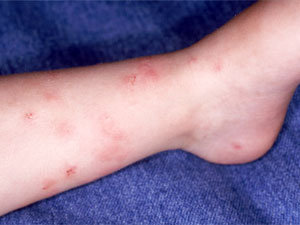
Don’t be negligent in flea extermination! Besides being a real nuisance to you and your pets, these bugs can cause FAD (flea allergy dermatitis), carry and spread such serious diseases as tapeworms, cat scratch fever, typhus, and bubonic plague.
Pests attack! Don’t be a fleas’ ride and spread their dominion. Get rid of them. Find out how to kill fleas in your house with the best flea sprays right here.
Don’t share your food with pests! It’s highly unhygienic. Indian meal moths https://pestkill.org/insect/indian-meal-moths/ feeds on what you leave behind after breakfast, lunch and dinner.
Step 3: Treat Your Home
Statistics indicate that most of the eggs laid on a pet fall from it, lodging themselves in crevices, carpets, and furnishings, and, if not treated properly, can initiate a new infestation.
Typically, the eggs hatch into larvae within 1-2 weeks. The larvae will enter the pupae stage in another few weeks and spin a cocoon around themselves. This cocoon is waterproof and usually protects insects from insecticides.
It is to be noted that fleas can stay in their pupae stage for a couple months or even for a year before developing into the adult form.
That’s why it is important to take the following measures if you want to remove these little buggers completely:
- Machine-wash ALL bedding (including the bedding of your pet), rugs and all other fabrics in hot soapy water. This will reduce the number of eggs and larvae on these items.
Once they are clean, keep them wrapped in clean garbage bags until twelve hours after you have treated your animals and your house to prevent the bugs from crawling onto them. Vacuum all furnishings, upholstery, smooth floors, carpets and rugs. Vacuuming will not only suck up fleas, pupae, larvae and eggs, it will also cause the insects to hatch from the cocoons. This will help you to kill more insects.
Seal carefully the vacuum bag/vacuumed material in a plastic bag and place it in an exterior garbage can after you’re done.
Keep vacuuming every day.- Vacuuming will not remove all bugs from rugs and carpets. To kill those that survived, you should use either food grade diatomaceous earth or borax.
Brush the chosen powder into the entire rug or carpet and upholstered furniture. Don’t vacuum for a week or two.
The pupae would emerge within this period of time and die from the borax/diatomaceous earth. Then you may vacuum.
Repeat the whole process after a few weeks.
If there are any fleas in your yard, treat it, too. You can use diatomaceous earth or eucalyptus leaves along with cedar wood chips.
In conclusion, we all can safely say that fleas are unwelcome guests in our homes, as they are both a potential health risk and an irritation to everybody, whether it be pets or people.
Hope this article will help you to resolve the problem and a flea infestation won’t rear its awful head again.


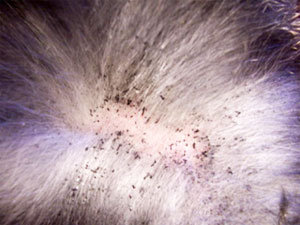 After a bath, groom the animal with a flea comb to trap any live fleas left. It is better to flea comb outdoors to prevent the insects and their eggs from falling all over your floors. But if you have to do it indoors, vacuum the area immediately after combing.
After a bath, groom the animal with a flea comb to trap any live fleas left. It is better to flea comb outdoors to prevent the insects and their eggs from falling all over your floors. But if you have to do it indoors, vacuum the area immediately after combing. Pests attack! Don’t be a fleas’ ride and spread their dominion. Get rid of them. Find out how to kill fleas in your house with the
Pests attack! Don’t be a fleas’ ride and spread their dominion. Get rid of them. Find out how to kill fleas in your house with the 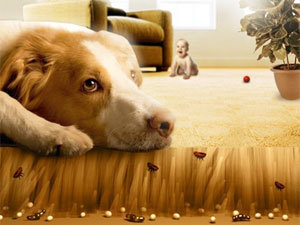 Vacuum all furnishings, upholstery, smooth floors, carpets and rugs. Vacuuming will not only suck up fleas, pupae, larvae and eggs, it will also cause the insects to hatch from the cocoons. This will help you to kill more insects.
Vacuum all furnishings, upholstery, smooth floors, carpets and rugs. Vacuuming will not only suck up fleas, pupae, larvae and eggs, it will also cause the insects to hatch from the cocoons. This will help you to kill more insects.
